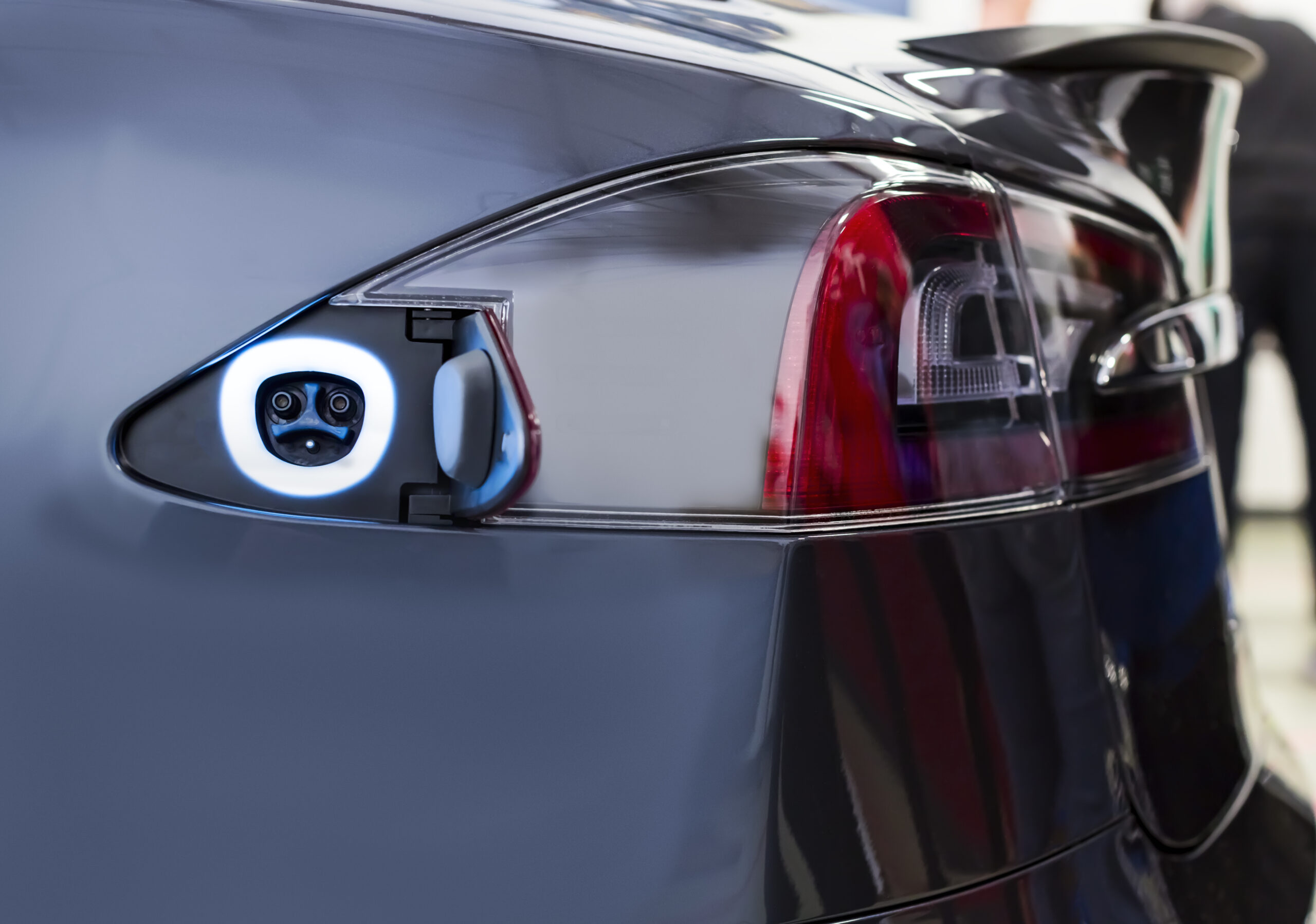The Internal Revenue Service recently provided additional guidance on changes to the Electric Vehicle (EV) credits under the new Inflation Reduction Act. In the newest legislation
New EV Purchases
The credit existing of up to $7,500 for the purchase of a new EV, is extended to 2023. This can be claimed for hybrid plug-ins and all electric vehicles under the following restrictions.
1 – Sedans must have an MSRP below $55,000.
2 – SUV’s, trucks, and vans must be priced below $80,000.
Further, in order for a taxpayer to claim the credit, their Adjusted Gross Income must be below the following.
A – Single Taxpayers $150K
B – Married Filing Joint $300K
C – Married Filing Separate $225K
Used EV Purchases have a credit of up to $4,000. The price of the vehicle must be below $25K and the income limitations on taxpayers are half what they are for new car purchases.
It should also be noted that the credit is further limited based upon where the car was assembled and whether or not the battery component was made or assembled in North America.
My experience with these credits has been that most purchasers don’t qualify for the entire credit, if any at all. If you’re going to pay $100K for a new Tesla, your income is probably going to be more than $300K per year. This means that you don’t qualify under the income limitations or the vehicle pricing limitations and end up getting zip.
Let me leave you with this.
The conversations in economic circles seem to have changed recently. The possibility of a quick recovery has changed to a more dire outlook as economists ponder the future with the following question.
What if the drivers of inflation are here to stay?
Many are realizing that the global economy is undergoing significant and permanent changes. Others have acquiesced to an understanding that the era of low inflation, subdued volatility, and positive financial conditions for business may have come to an end.
Everyone seems to be focusing on the Federal Reserve Bank that meets tomorrow to discuss interest rate changes. But let’s take a moment and realize that monetary policy and interest rate changes are the only two bullets in their gun. These are the only things they can do to promote any sort of change.
This will do little to handle the supply chain issues. It certainly isn’t going to put more drivers in trucks so that goods can make it to market.
It certainly won’t do anything to help the drought conditions that have plagued our food producers in every major nation. If you can’t grow lettuce because there isn’t enough water, then the interest rates your bank offers won’t make any difference.
It’s certainly not going to make OPEC open the spigots. You get the idea. There’s only so much the Fed can do.
If this is more of a permanent situation, then it’s time to gird your loins, dig a hole, and shoulder a weapon. I’ve said for a long time that it’s going to take a while to sort this mess out. I never wanted it to be true, but it just might come to pass.
If so, you need to watch your numbers. Your monthly financial statements have never been more important.
You need to know where your break even point is after you factor in your take home profits. Managing a business that doesn’t provide a reasonable lifestyle isn’t what we’re trying to do here. Your personal needs must always be factored into the equation.
Don’t be afraid to raise your prices. If you can’t pay your bills, the only thing you’ll accomplish is being the first one of your competitors to talk to the bankruptcy attorneys.
And make sure to take care of yourselves. If you do everything else right and go nuts in the process, what have you gained?
But do so knowing that we’re right there with you. If you need to talk, you know my number.
You aren’t alone in this mess.
*Words from our exceptional leadership



